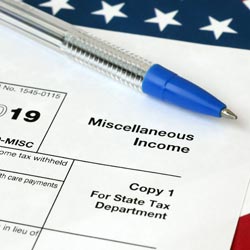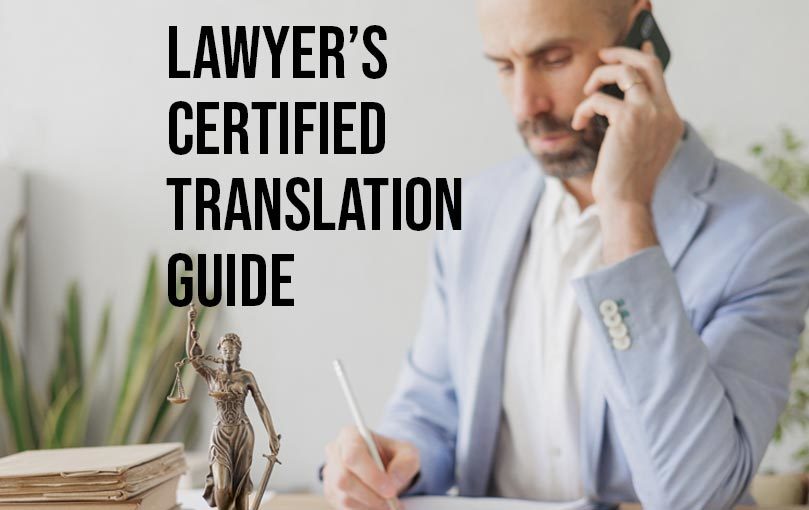Vital information for legal professionals.
If you’re a lawyer who handles immigration, cross-border disputes or any other matter that involves documents in a language other than English, you will need the documents translated in other to submit them to a court or government agency – and these translations will need to be certified.
Certification can be confusing, so here’s some information that will help clear things up.
You don’t need a certified translator to get a certified translation.
It’s easy to confuse these concepts, but a certified translator is someone who has obtained a credential from an accredited organization such as the American Translators Association.
A certified translation is one that is accompanied by an affidavit stating that the translator is competent to work in the two languages and has done the work to the best of his/her knowledge, ability and belief.
It’s not necessary to be a certified translator in order to certify a translation. What you do need, however, is the right person doing the translation. The right translator will be perfectly fluent in the two languages and have the required subject-matter expertise.
A certificate of accuracy must meet the requesting entity’s requirements or it will be rejected.
 It’s best to check the specific requirements of the court or government agency, but generally speaking, the requirements are straightforward (see point #1 above).
It’s best to check the specific requirements of the court or government agency, but generally speaking, the requirements are straightforward (see point #1 above).
However, it’s very common to reach out to a translation agency when there is a complex project involving multiple files and multiple languages. And while it is standard practice for agencies to certify the work on behalf of their employees or freelancers, occasionally the court of government agency will not accept something that is not certified by the actual translator – depending on how strictly they decide to go “by the book.”
Sometimes certificates will be rejected because they are not signed in blue ink and therefore appear to be copies. To be on the safe side, always sign them in blue ink and if you use an agency, work with them to have the translators certify the documents. This may involve an additional expense, particularly if the translators are overseas, but it will avoid the problem of having documents rejected, which can jeopardize your case, delay proceedings, or incur additional expenses.
The more detailed the certificate of accuracy, the better the chances that it will be accepted.
For discovery documents and trial exhibits, you should include not just the file name, but also the file’s Bates code. For immigration and other documents, include a full description (“Birth Certificate of John Smith,” Apostille #XXXX,” “Case # XXX.” etc.). Typically, but not always, one certificate per document will be needed. Check with the court or government agency to be sure you know what’s required.
If the affidavit needs to be apostilled and you’re using an online notary, the notary has to be licensed in the state where the apostille is being sought.
When it comes to evidentiary translation for cross-border cases, be especially careful that the certifications follow the guidelines. If a case is particularly contentious and opposing counsel challenges the certifications because they don’t comply to the letter with the requirements, you risk the translations being disqualified as evidence. In nearly all other instances (such as filing with USCIS or most local, state and federal courts), agency certification is never a problem … but always check on the requirements.


